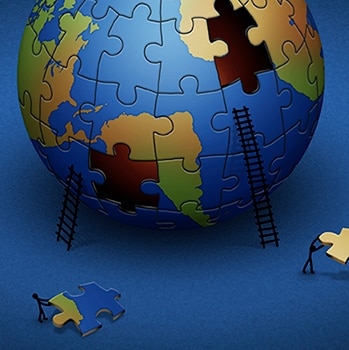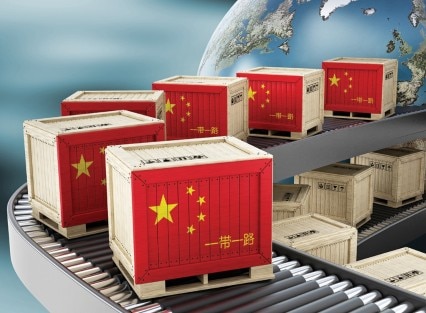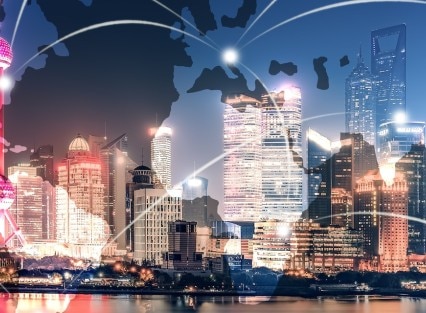It is said that “change is the only constant in life.” This sentiment took on particular significance over the past few years as the COVID-19 pandemic raced around the globe. Whether it was personal shifts in how people worked and interacted or larger geopolitical shifts, change seemed to be all around us. As the pandemic increasingly becomes a thing of the past, there is a desire for things to go back to the way they were — get back to the office, start traveling again, and gather in large groups for holidays and events. But can the world really go back to the way it was?
In our December 2021 Citi GPS report on Global Supply Chains, we noted the pandemic forced corporates and governments to quickly adjust their supply chains to deal with border closings, lockdowns that kept production sites shuttered, and sudden shifts in demand as consumers spent more on merchandise than services. The lessons learned from the experience resulted in a shift from “just-in-time” to “just-in-case” inventory and a reassessment of global supply chains in general. Governments responded by categorizing certain industries as critical and vowing to produce certain goods domestically in the name of essential security.
In this new report, we look specifically at China and how change in the past few years, and before then as a result of the Great Financial Crisis, has resulted in a shift in the country’s development path in pursuit of self-reliance. China’s 14th Five-Year Plan, released in 2020, announced a policy framework of “dual circulation” economics whereby China is rebalancing from an export-led “international circulation” strategy to one that focuses more on its domestic market through self-reliance, or “domestic circulation.” This transition towards a more inward-looking growth model was given additional urgency in response to recent geopolitical events, in particular the U.S.-China trade war and tightening export controls on U.S. technology, and the sanctions imposed on Russia after the Ukraine invasion.
The report focuses on three areas in which China’s pursuit of self-reliance seems especially clear: (1) technology and self-sufficiency in semiconductor development; (2) agriculture, where China can nearly secure its supply of staple grains but relies on imports of feed grains; and (3) energy, where dependence on natural gas imports has increased as part of a decarbonization push.
In order to address the challenges brought by China’s inward tilt, the government elevated innovation to “core status” in its modernization. Technology decoupling amid U.S. protectionism has pushed China to focus its innovation strategy on self-reliance in technology upgrading, which may ultimately lead to China’s Sputnik moment in innovation. Strong government spending on research and development, a large domestic market, and highly-skilled talent position China to increasingly compete with industrialized economies and a more normalized regulatory regime for platform companies should help minimize the risk of innovation being stymied.
Although self-reliance is the focus of the report, positive international spillovers will continue as China’s import demand for food and consumers goods remains strong. In addition, other economies can benefit as labor-intensive manufacturing increasingly finds locations other than China.
Despite its inward turn to address the challenges of today’s new world, China’s global relevance will continue to only grow.


